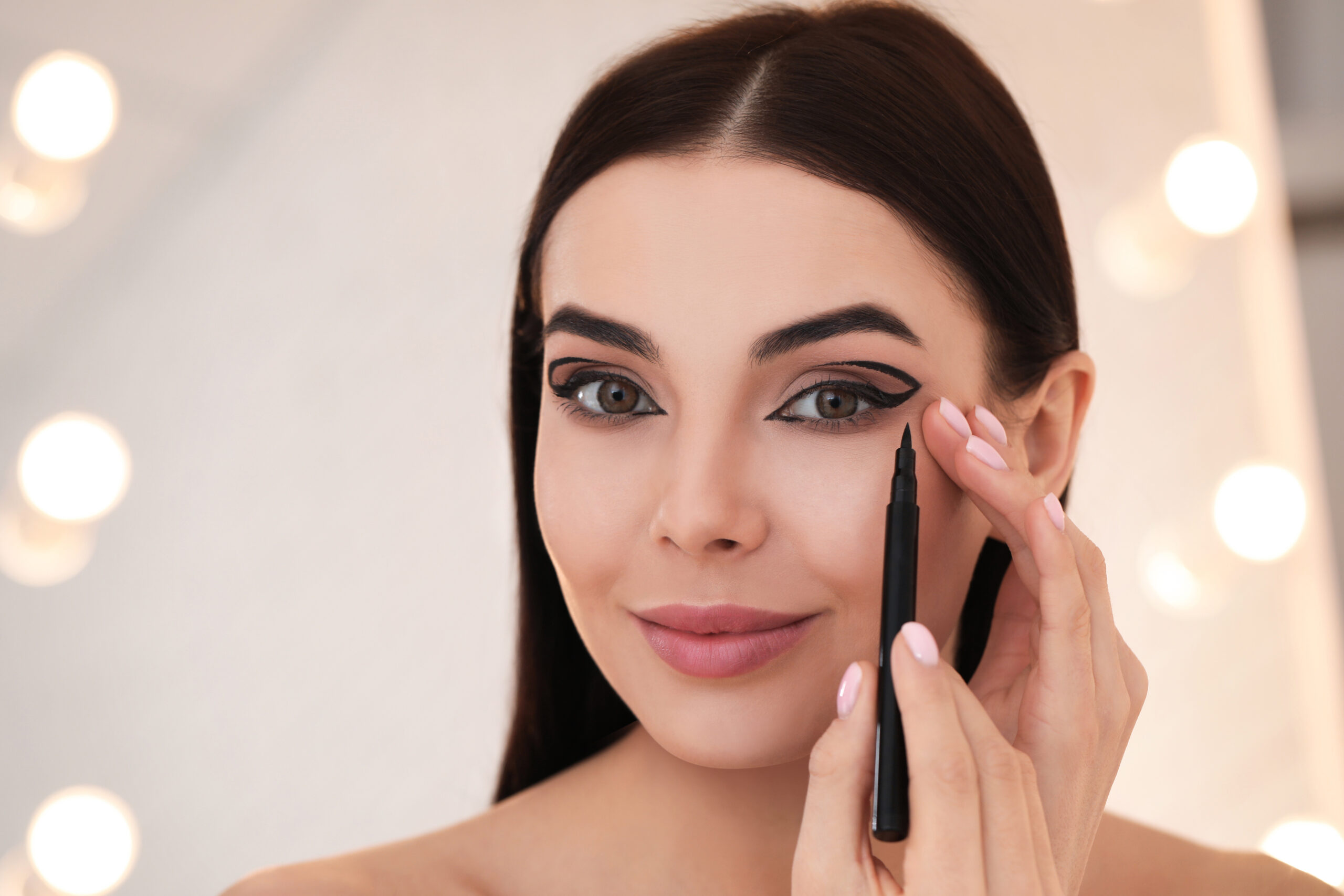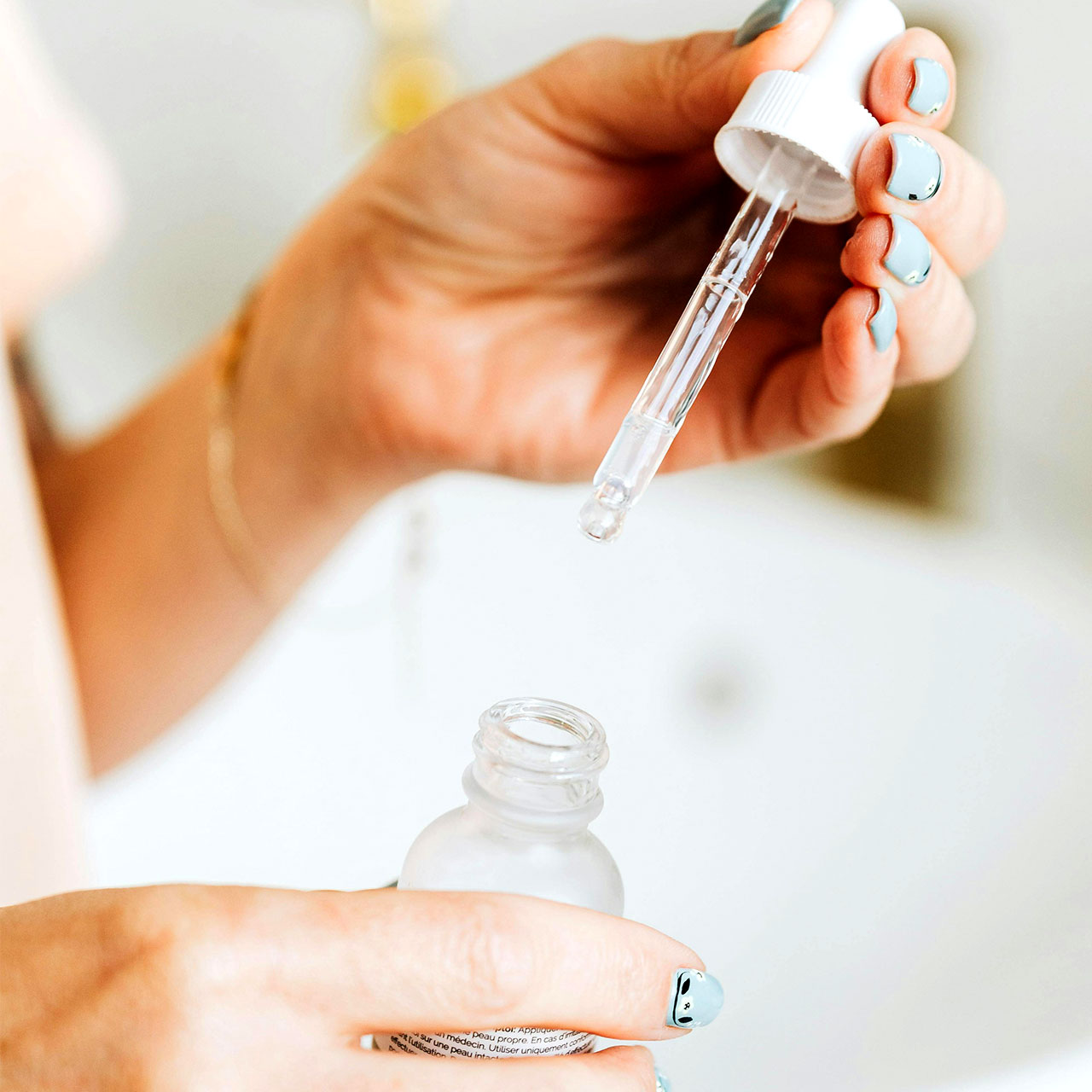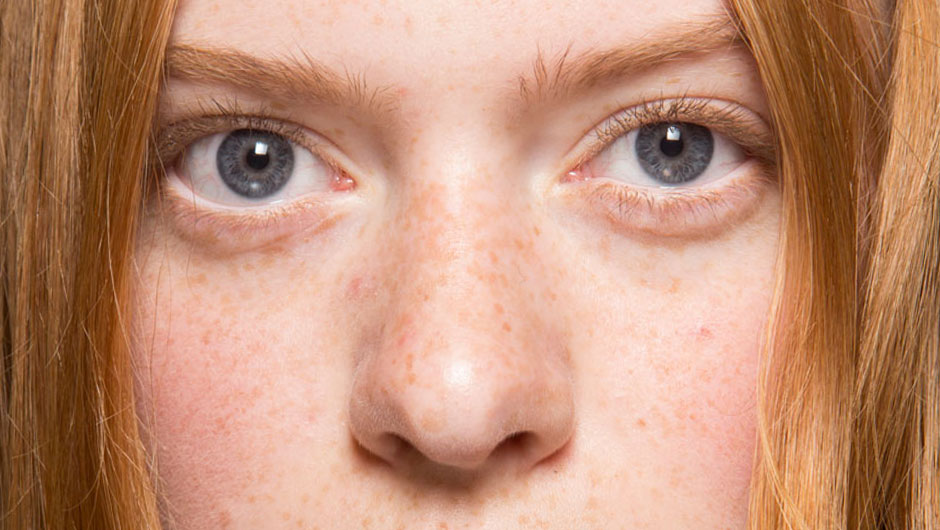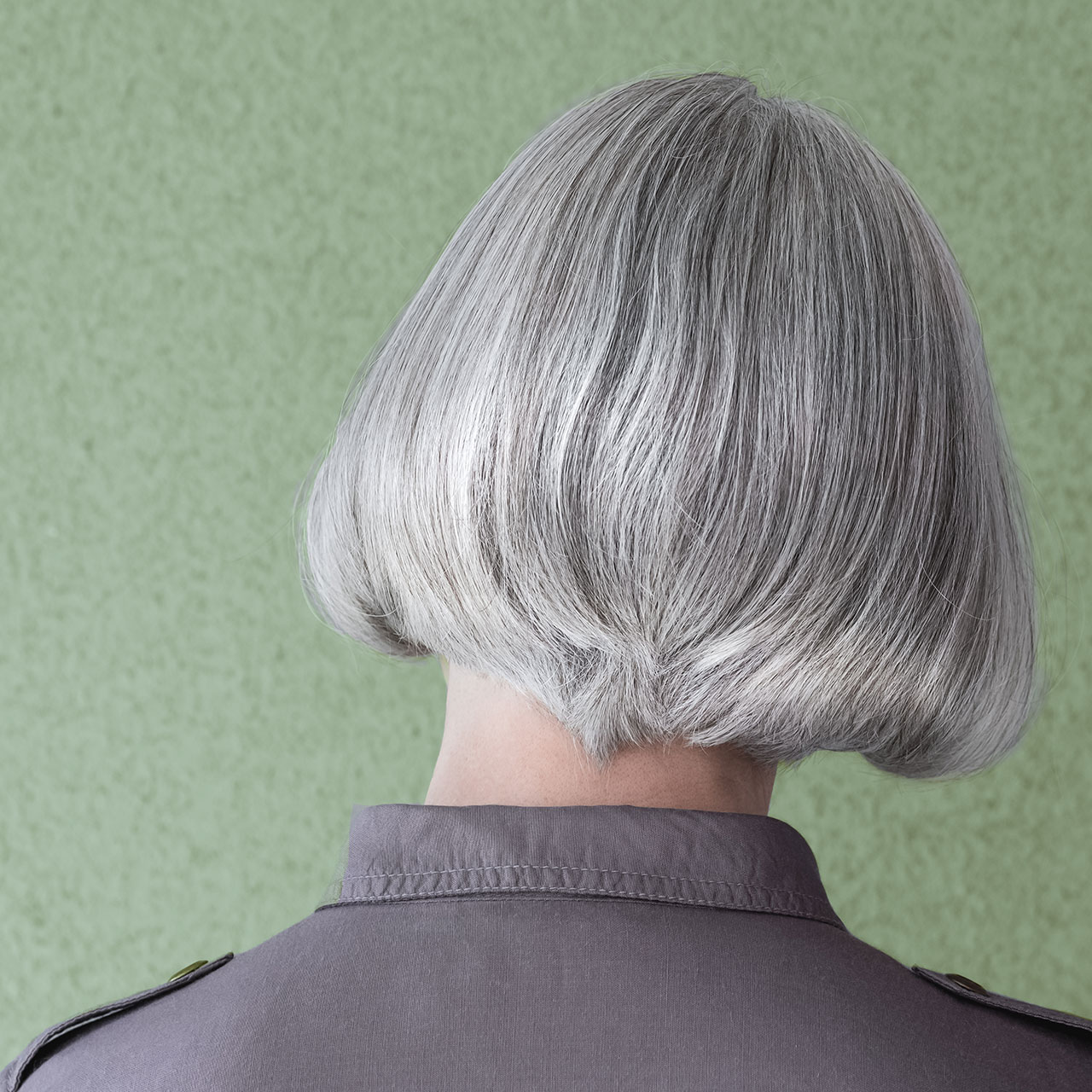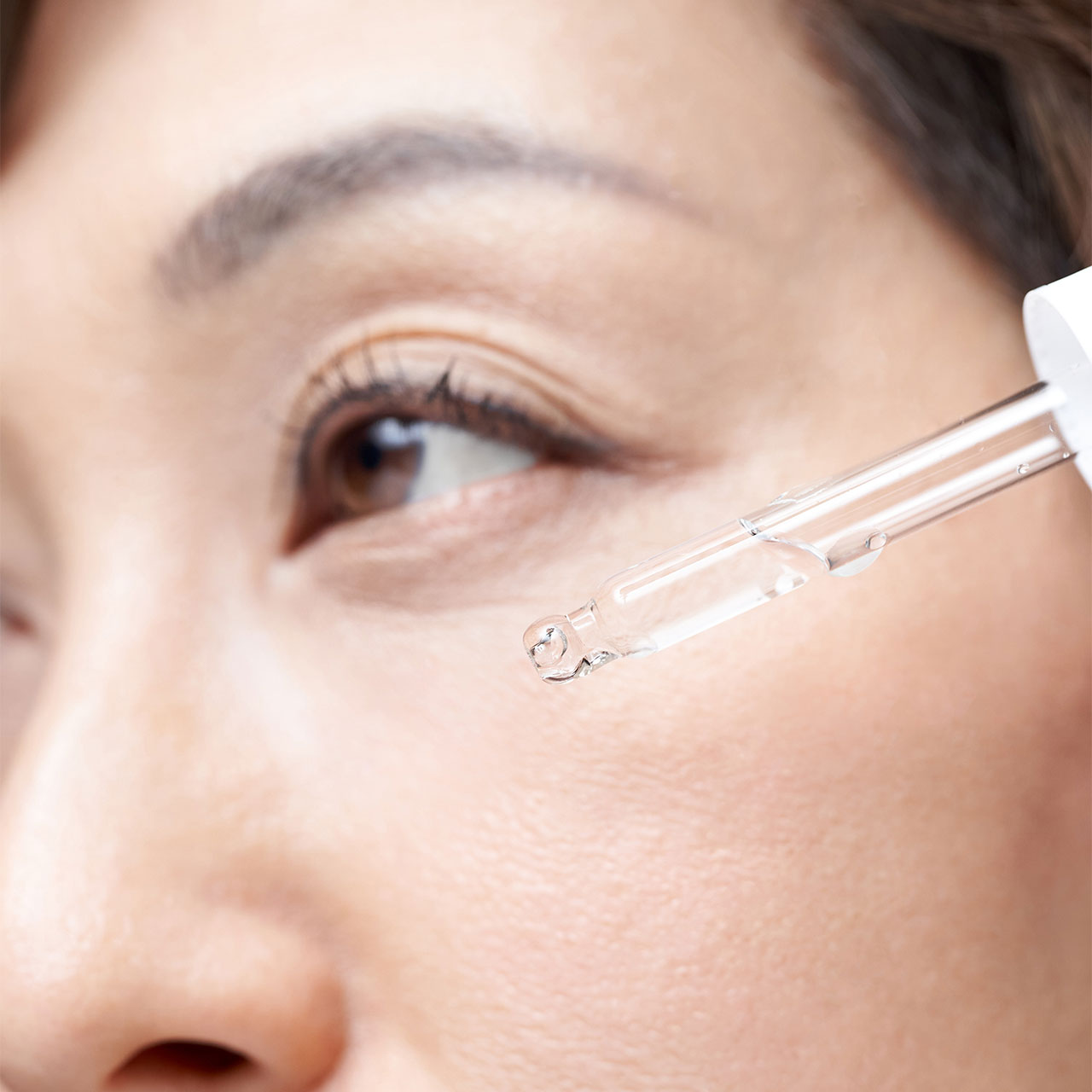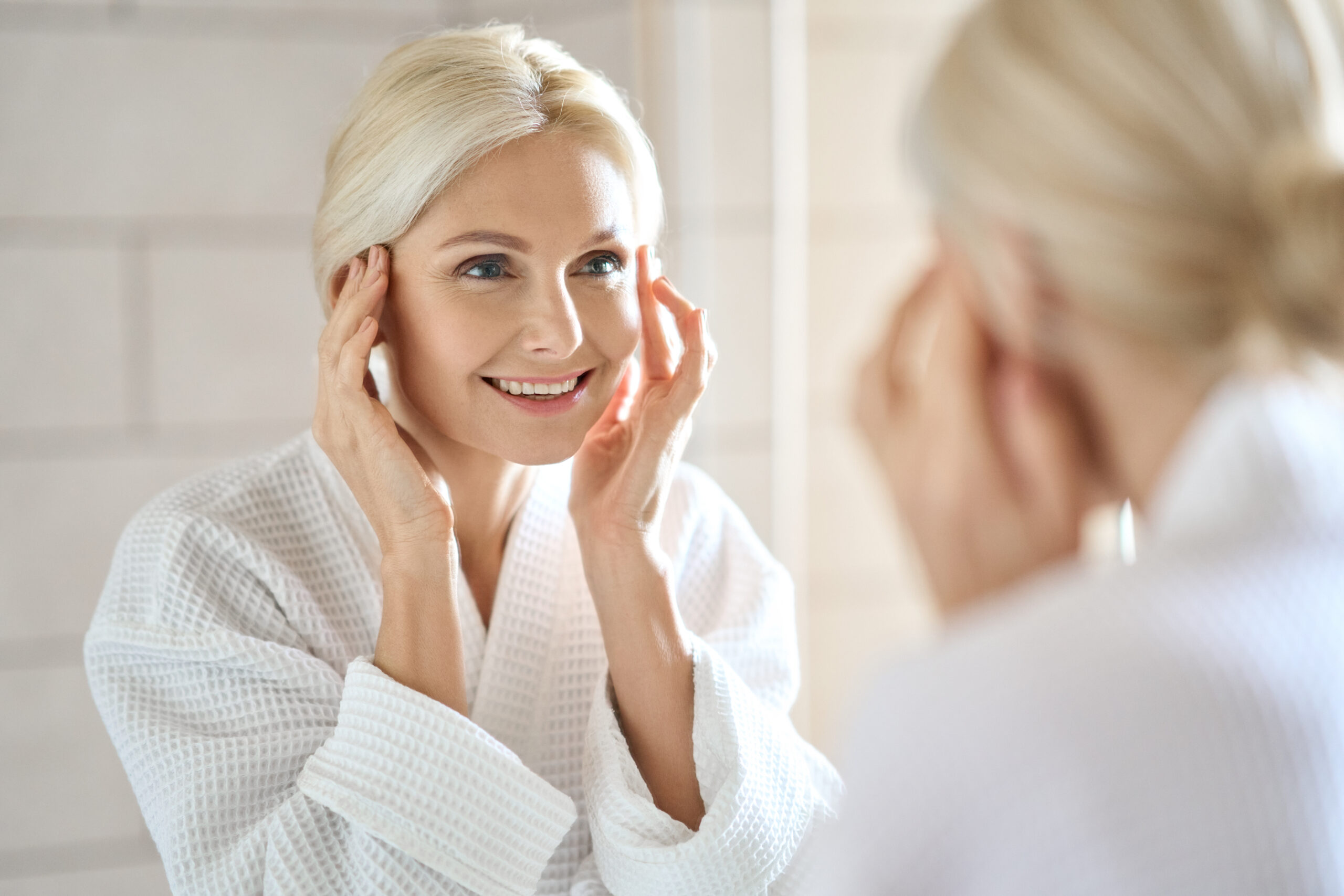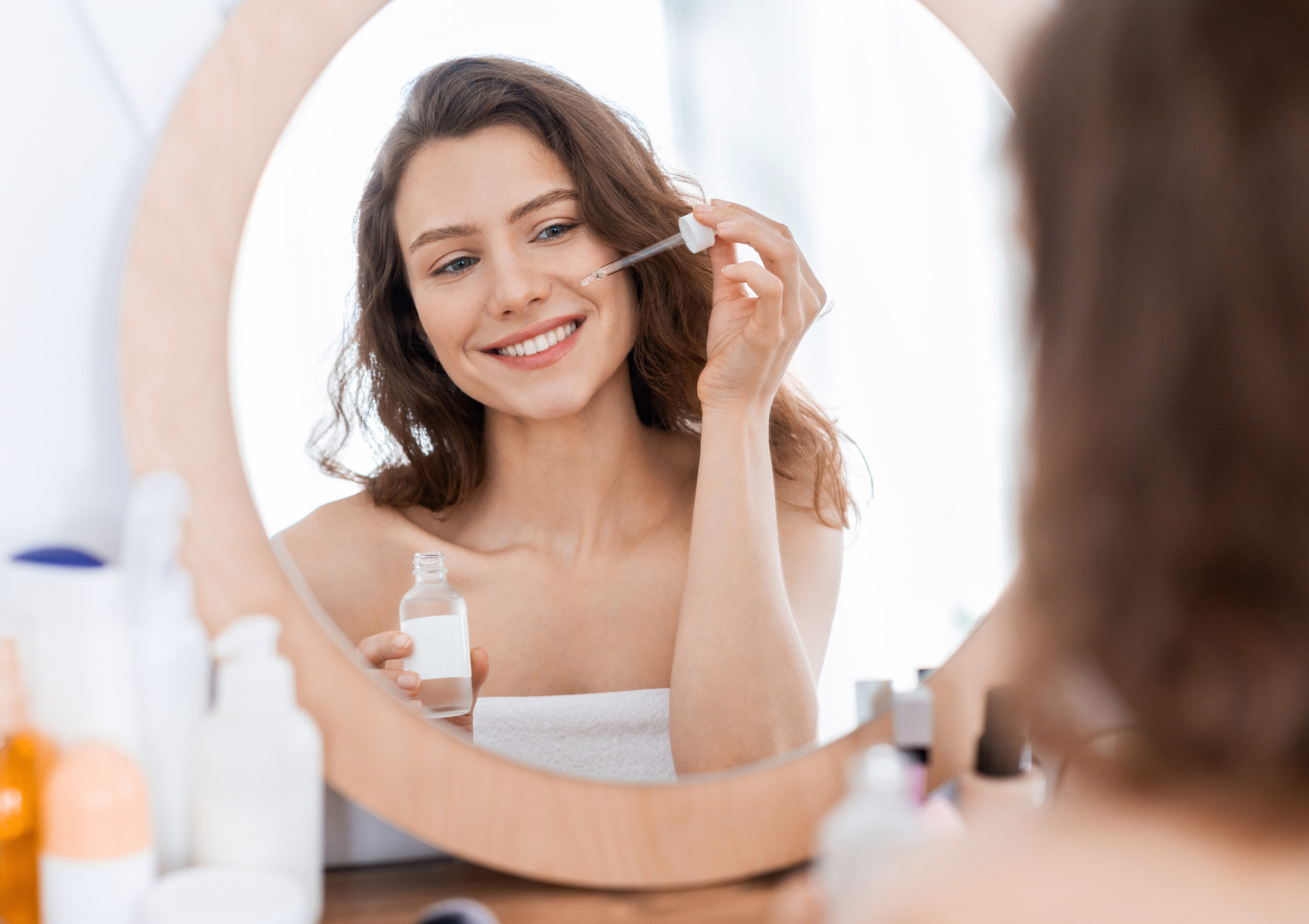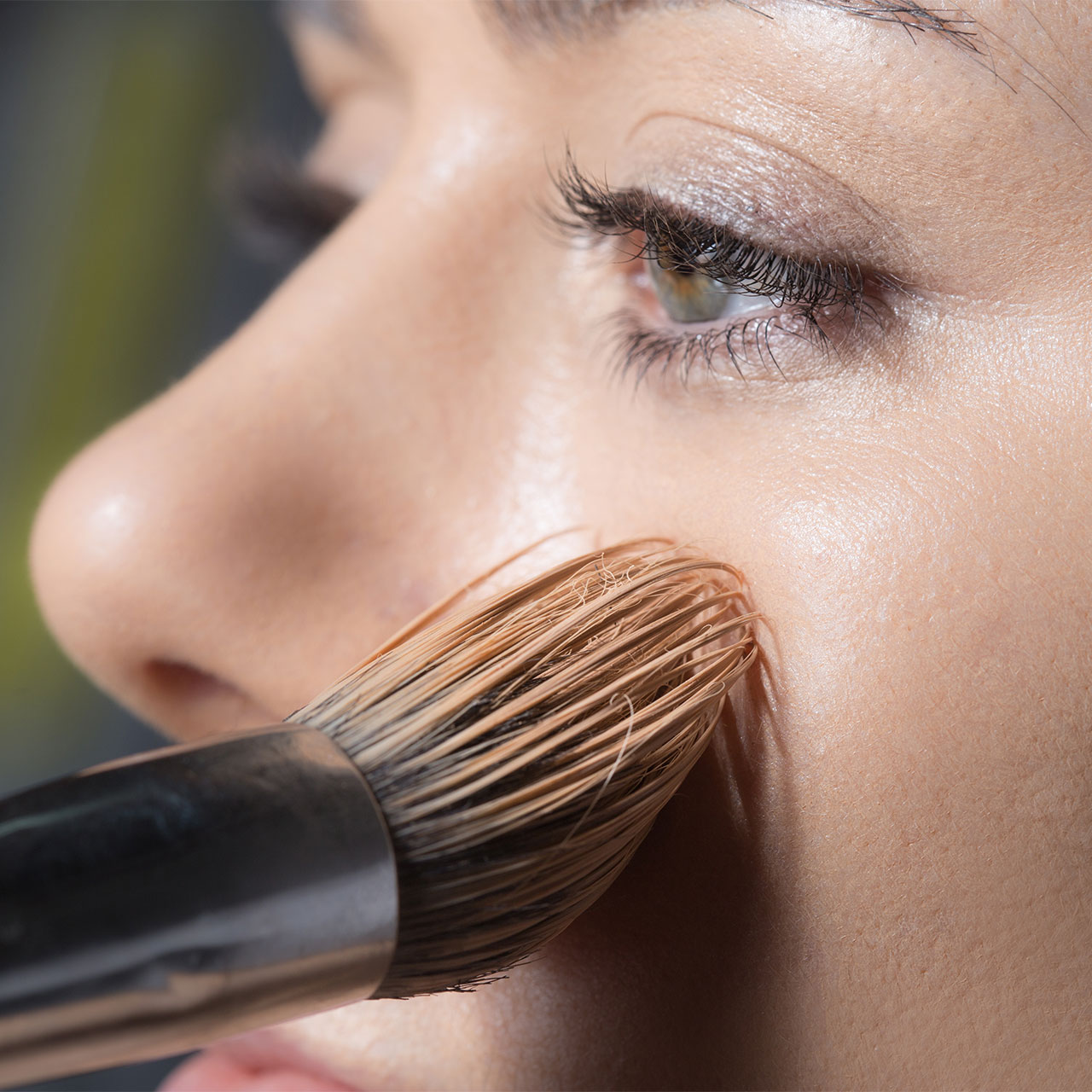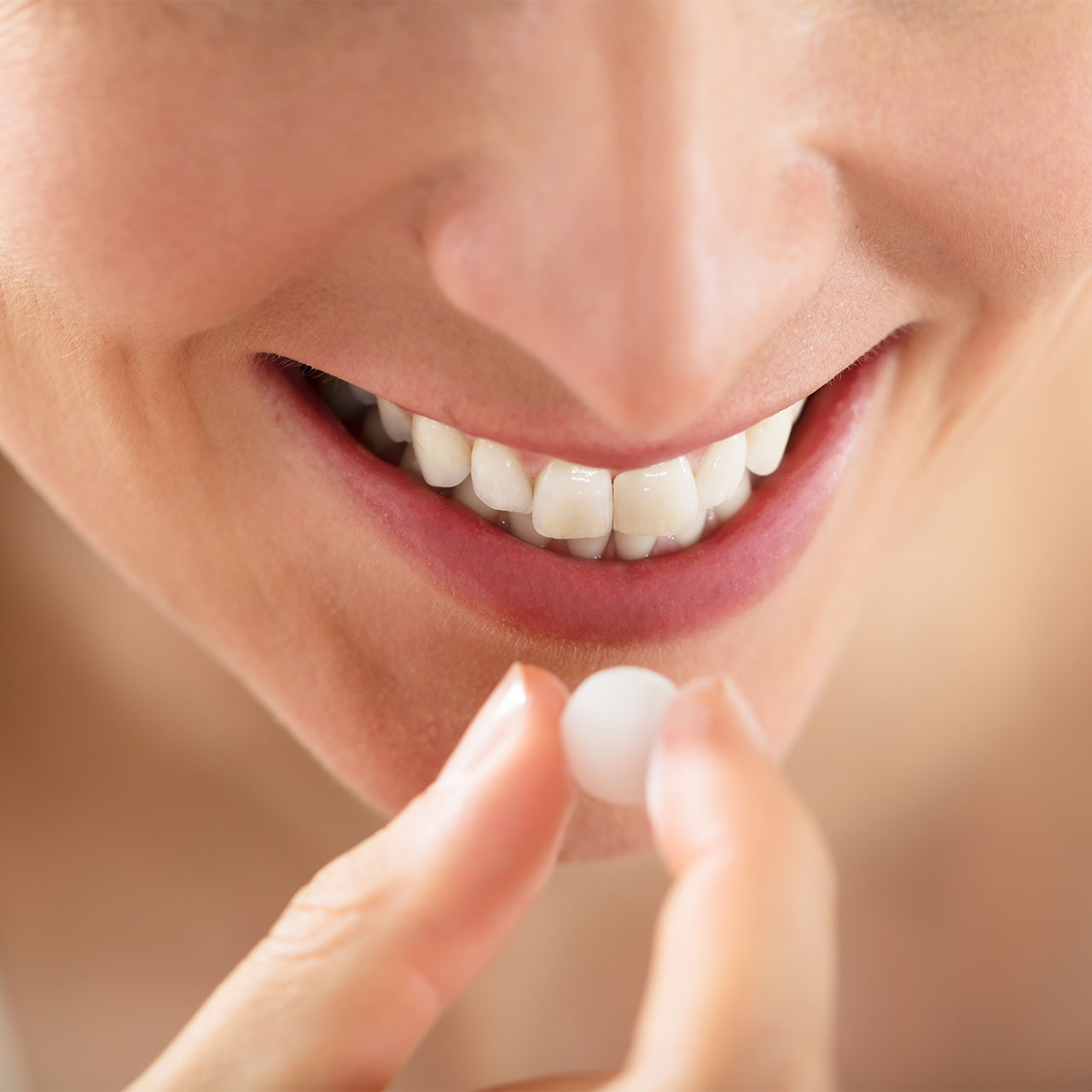This is an archived article and the information in the story may be outdated. Please check the time stamp on the story to see when it was updated last.

Freckles are associated with innocence, youth and cuteness overload. But with so much attention given to sun care and protecting our skin from harmful UVA and UVB rays, it’s natural to assume the dark pigmentation otherwise known as freckling might actually be dangerous sun damage in disguise. And, if that’s the case, shouldn’t we be researching ways to eliminate the adorable sprinkling of freckles we’ve had across our noses since we were 4?
The short answer is: not necessarily. All freckles are not created equal and it helps to understand what actually causes freckles, as well as the differences between spots you’ve had since toddlerhood and those you may have created after spending years on the beach.
What Are Freckles?
One important way you can tell whether you have freckles or moles is by using your sense of touch, says Dr. Tien Nguyen, a dermatologist at Orange Coast Memorial Medical Center in Fountain Valley, Calif. “Freckles are small localized areas of hyperpigmented skin that appear darker than the normal surrounding skin,” Nguyen says. “These small areas can be next to each other and coalesce into a larger patch on your skin. The skin over the freckles is completely smooth and normal to feel and touch.”
Are Freckles Different Than Moles?
Freckles tend to develop in early childhood and throughout adolescence, but do not usually develop in adults, says Dr. Tsippora Shainhouse, a board-certified dermatologist in Los Angeles and Clinical Instructor at the University of Southern California. “Unlike moles, which are caused by a nest or increased number of melanocytes (the actual color cells in the skin that make the melanin), freckles are caused by the transfer of melanin by melanosomes (transport cells) into regular keratinocytes in response to UV exposure,” Shainhouse says. “This might have developed as a protective mechanism. The melanin can, technically, move back to the melanocytes when the skin is ‘safe’ (no longer in the sun), which is why freckles seem to fade in the winter.”
In addition to feeling them, moles and freckles differ in appearance: moles tend to be larger than freckles, which are 2-3mm, round, and light or medium brown, Shainhouse says. “If you notice any new or changing spots on your body, including ones that have irregular borders, are asymmetric (not round), have mixed or changing colors or are obviously growing, get them checked by your dermatologist, to make sure that they are not dangerous,” Shainhouse says.
Are Freckles A Sign Of Skin Cancer?
It all depends on the age in which you developed freckles. Those found on newborn skin could be part of a congenital nevus, or signs of other congenital anomalies, Nguyen says, and should be examined and addressed immediately. Although freckles developed during childhood don’t necessarily point to skin cancer, their mere presence probably means there is a history of sun exposure and a skin cancer screening is recommended to be safe, according to Nguyen.
Freckles are usually seen in people with fair skin, light or red hair, and blue or green eyes–who also happen to burn more easily in the sun, Shainhouse says. “Having at least one blistering sunburn before the age of 15 will double your risk of developing melanoma, a potentially deadly form of skin cancer,” Shainhouse says.
Should You Have Freckles Removed?
Unless they truly bother you, there are no health reasons why you should have your freckles removed. “They are not dangerous in and of themselves,” Shainhouse says. “Freckles do fade when you spend enough time out of the sun (they are lighter in the winter, when it is cold and you are covered up or indoors all day) and sometimes they fade with age.”
If freckles have always been the bane of your existence, there are ways to remove them from your skin. First and foremost, Nguyen recommends avoiding the sun, using sunscreen, and looking into bleaching creams to start.
If those methods don’t prove drastic enough for your needs, Shainhouse recommends Intense Pulsed Light (ILP), which is a laser that can lighten superficial pigment changes and even out skin tone. “You will notice a significant lightening after the first treatment,” Shainhouse says. “You may need a second treatment a month later. IPL works best for face and chest; it is much less effective on arm, legs and hands. Cost varies, depending on size of treatment area. A single full-face treatment might cost anywhere from $200 to over $500.”
If you have tanned skin, YAG lasers can be safer because the wavelength goes deeper to avoid the top layers of the skin, which reduces the risk of burning or developing light patches on the skin after a treatment. “Multiple treatments might be necessary,” Shainhouse says. “Cost varies, and depend on the size of the treatment area and the number of treatments purchased.”
For more beauty tips, check out 7 surprising facts about Bath & Body Works and the one thing you shouldn’t do when putting on mascara.
[Photo: Imaxtree]



